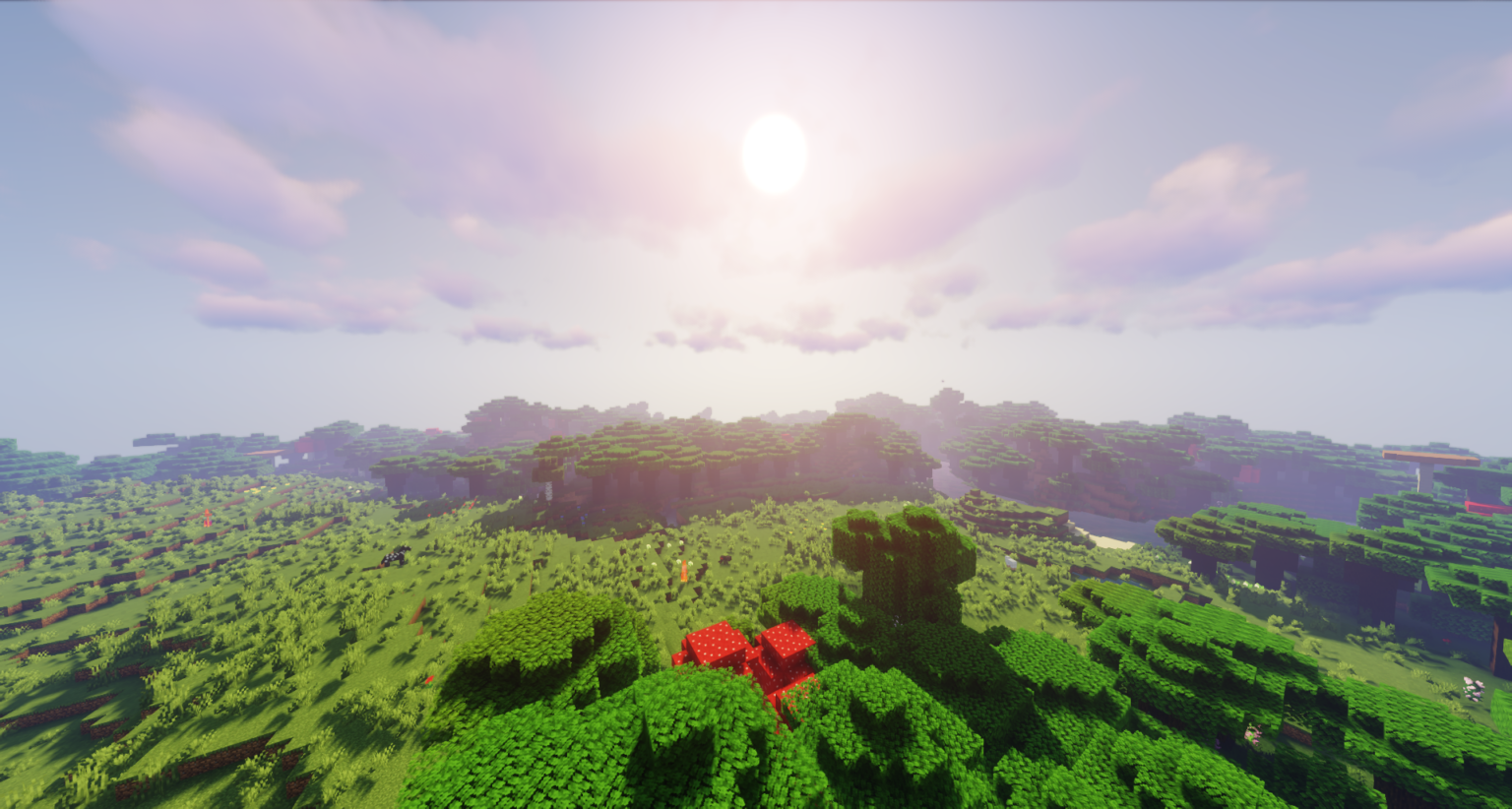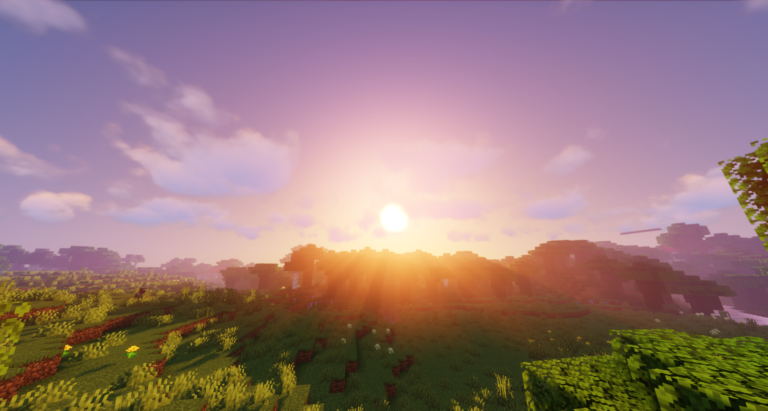

Since some shader packs can be quite resource-intensive, it helps already having something that optimizes the game.

It’s both a tool for processing custom shaders and a Minecraft optimizer, meaning that it will make your game run even better.

Since the vanilla game doesn’t support custom shaders, you need to install this additional software to make the magic happen. This is our groundwork for the rest of the Minecraft shaders tutorial. Once everything’s downloaded and installed, close Minecraft and head to the next step. But, just in case, fire up the game, create a profile if you haven’t already, and let it check for updates. If you’re already playing Minecraft regularly, it’s most likely already updated and ready to go. Your game needs to be updated to the latest version for mod files to work. Luckily, this doesn’t involve any complicated method or hacking, but it’s vital that you follow through all of the steps in this Minecraft shaders guide to be 100% sure that everything will work in the end. Like with any job, you’ll need the appropriate tools and the right work environment. The Toolsīefore we proceed to installations and settings menus, there’s a list of specific requirements that need to be met. Best of all, the tools and files we’ll be talking about today are completely free to download and use. In this article, we’ll teach you how to install shaders, set them up for the best performance, and where to find all the necessary files. You, too, can make your copy of Minecraft look out of this world. Meanwhile, modders have found ways to make the game look amazing, especially if you have an RTX-compatible card such as the RTX 2070 or better. The blocky looks are certainly a part of its charm, and they certainly help with running the game well, even on older systems. It wasn’t something to write home about when it came out in 2009 and certainly isn’t more than ten years later. But, let’s be perfectly honest here, it’s not a visual spectacle.


 0 kommentar(er)
0 kommentar(er)
